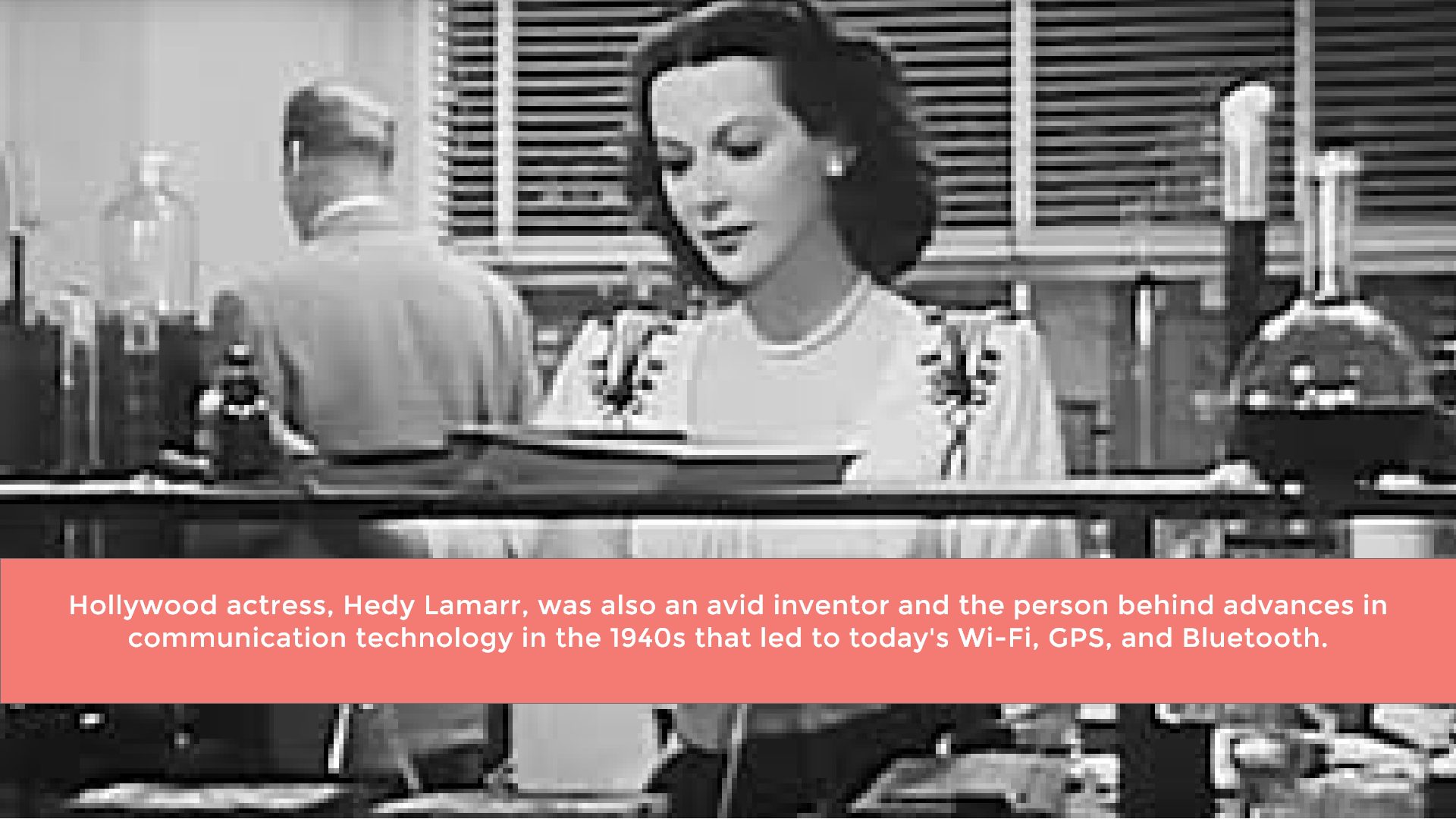Last week, we touched on why gaining certification as a Woman-Owned Business matters. This week, we’ll add some context by looking at this in a bit more depth. How much do you know about the history of women in tech? Would it surprise you to know that the earliest coder was a mathematician named Ada Lovelace, who executed the first computer program in 1833? Or that women were responsible for programming as far back as World War II? Read on to find out more about women’s roots in the industry, where we are today, and what the future holds for women in tech.
Past
As far back as World War II, programming and coding were used to support the allied war effort – and the work was done predominantly by women. In fact, in the early 1940s, actress and inventor Hedy Lamarr created “frequency hopping,” using radio frequencies as a way of avoiding third-party jamming signals. Her invention is considered to be the precursor to Wi-Fi. Throughout the 1940s and ’50s, programming-related jobs, including punch-card operators and technicians who wrote instructions for room-sized computers, were considered secretarial. In general, men focused their efforts on hardware and women on software.
This trajectory continued through the mid-1980s until the advent of personal computers. At home, boys were more generally encouraged to foster computer skills, so that by the time they hit college, they had more confidence and experience with computers than did most girls. This early exposure, along with gender-biased treatment and promotions in larger companies, led to a steady decline of women in technology that has continued.
Present
Surprisingly, according to the New York Times, by 2010 the number of US women in technology-related fields had dropped to 17%. By contrast, in India, a country where women are faced with many additional barriers to education, including 8 p.m. curfews even in college, approximately 40% of students studying computer science are women. When interviewed, women in the US who had left the technology field cited issues such as lower pay for the same work and being left behind when promotions were available, despite being just as qualified if not more for positions. The excitement and love they had for their jobs had been squelched over the years in larger corporate environments.
Where Are We Now?
The good news? The future looks bright for women in tech. In early education, there is a greater emphasis on providing STEM-based learning to boys AND girls. Girls and boys alike are gaining early exposure to and experience with programming by playing code-based games like Osmo and Roblox. Many more student and young entrepreneur organizations are focusing on mentoring girls and young women, which can make a tremendous impact on their success in the field. Organizations such as Girls Who Code and Built by Girls offer opportunities for young women to learn the basics and beyond of programming, build confidence, and provide support for exploring technology-related questions. They focus on mentoring and empowering, helping to develop a network for girls and young women interested in entering technology-related fields.
Let Hammersmith Support Help Empower You and Your Business
At Hammersmith Support, we want to help ensure the future of technology is bright not just for women and girls, but for everyone. We believe in providing our customers with the very best service, empowering them to understand technology and supporting our community by modeling what it looks like to run a successful Woman-Owned Business. Our core values are transparency, giving back and customer service. We want you to understand the technology you use so that you can be confident that you know how your website works and have a hand in keeping it working.

